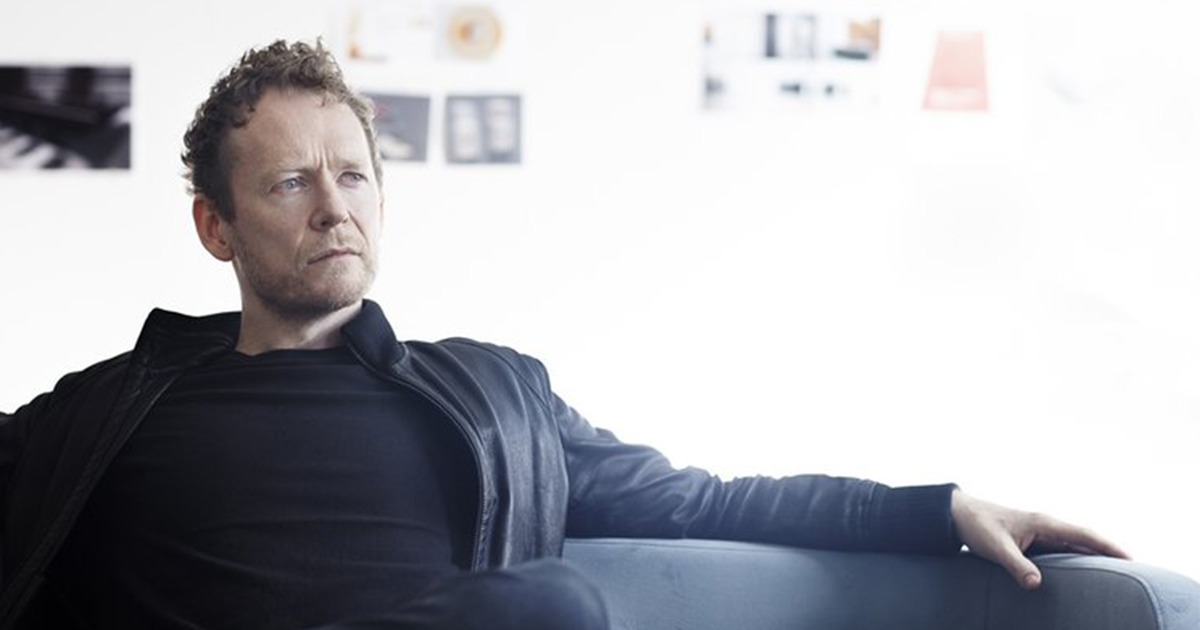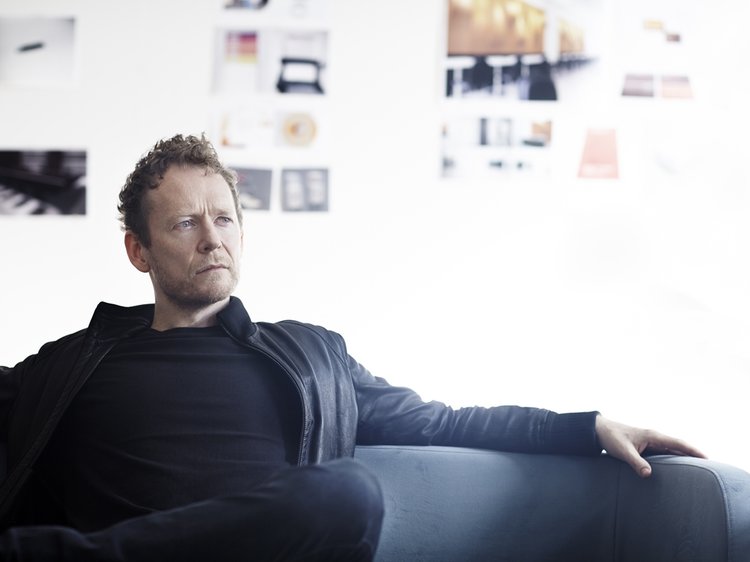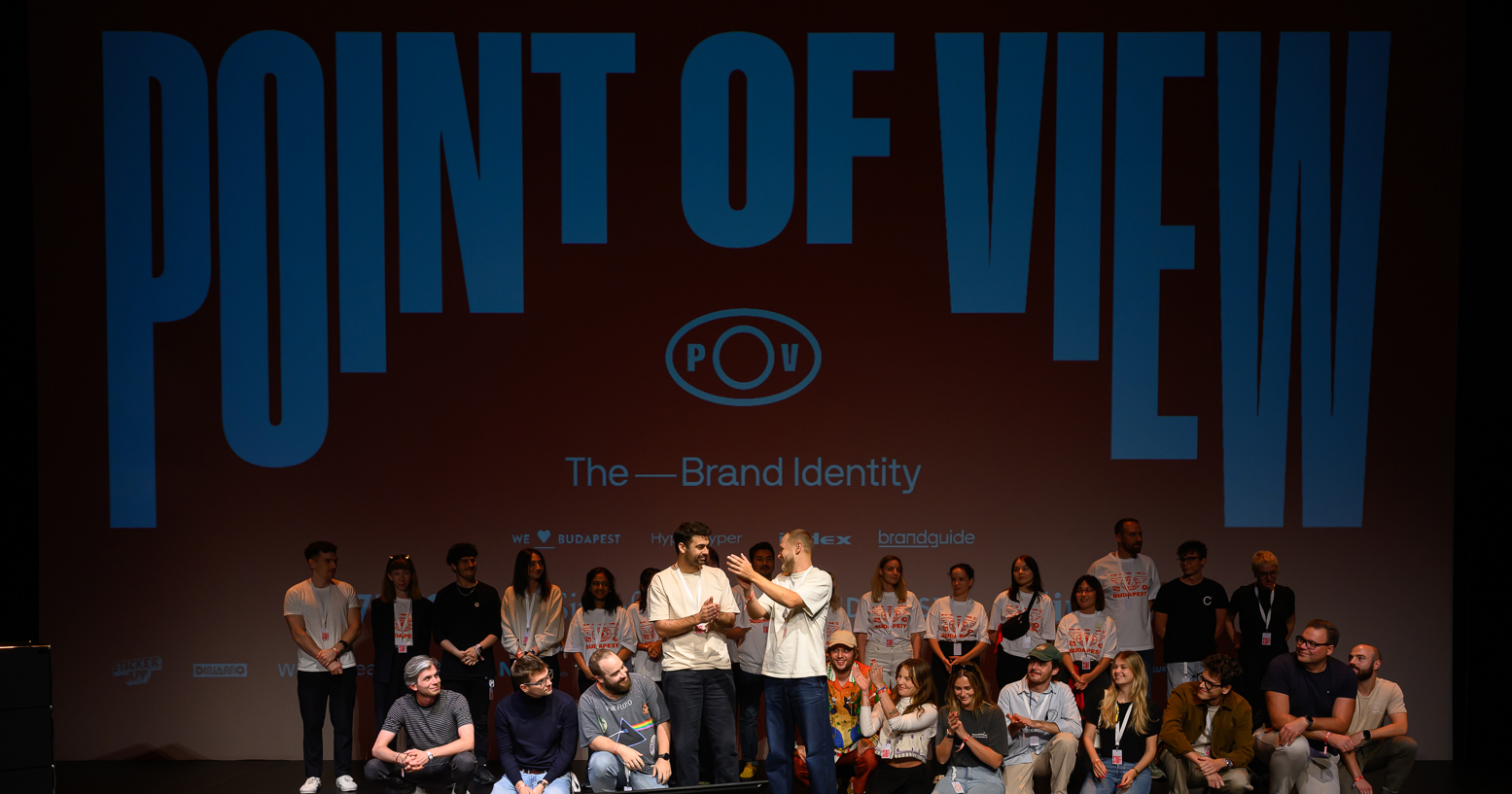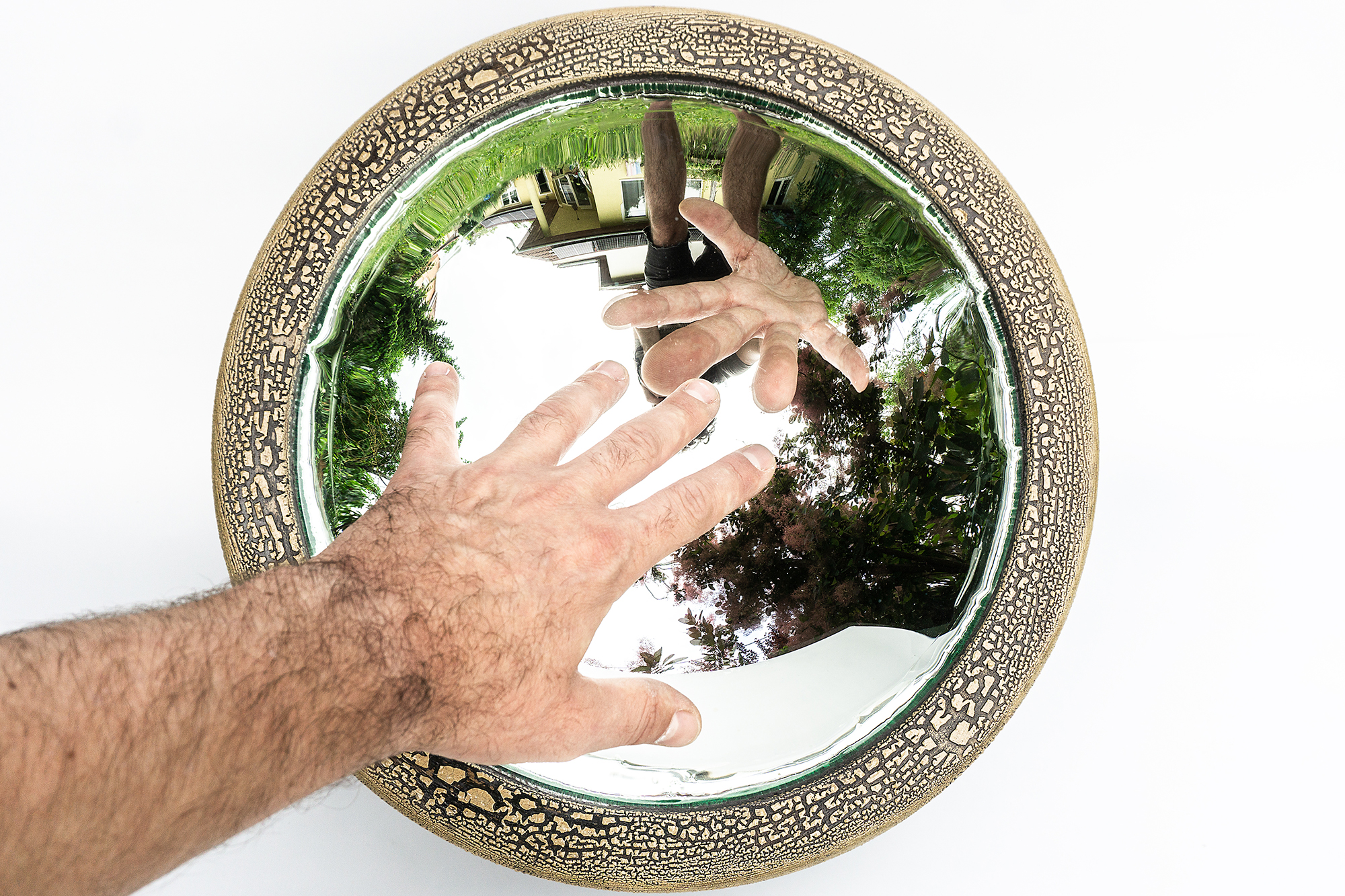

„Design is so irrelevant.” – An interview with Danish designer Johannes Torpe
An energy-bomb, a „jack of all trades”, an owner of a multidisciplinary design studio. Johannes Torpe recently held a speech at MOME part of the Budapest Design Week. We had the chance to catch him for a few questions – and we got far more than simple answers. He introduced us to stories of growing up in a hippy-camp, establishing his own company at the age of 15, and positioning himself in the field of design without any educational background. He also shared his thoughts on relations with people, self-esteem, and overall: life itself.

Johannes Torpe | © johannestorpe.com
When and how did you experience your first memorable interaction with creative processes?
It’s kind of a tricky question that needs a tricky answer. My father was a musician, and my mother is an artist. I was actually born into the creative process – one could say. My mother gave me a pencil and my father gave me a drumstick; creativity has always been an integrated part of my mindset. But to take that knowledge or experience, and actually bring it to life is a different thing. When you are young, you are usually settled in clear structures. But where I grew up, there were no structures at all! I actually wanted a structure, so I created my own to make creative processes become reality.
In many ways power is nothing without control. You can have great creative power, but if you don’t control the circumstances around it, and don’t execute it into something “real”, then its value is like: no existence at all.
So the structure meant the key for you?
Exactly. Most people grow up surrounded by family patterns, they go to school, where they learn structures and discipline, but it wasn’t the case with me. I didn’t go to school, so I didn’t learn the same things, most people did.
“Interacton” is the keyword in several of your speeches… What does it mean to you? Interaction with people you are designing for?
Interaction or communication. For instance, yesterday I was in Visegrád, and I had a meeting with clients. When communicating, you don’t want to be in a higher or lower position than the other person. You want to be in eye-height, which also means, that you have to understand the position of the other person to achieve a balance in an interactive situation. It is very important, that you have to be able to learn how to communicate on a level with people you are working with.
That is actually the reason why I closed my Beijing office. We worked like this: I was sitting on the top of the pyramid, and everybody was lower than me. People didn’t want to look into my eyes, they were almost hiding. I don’t like that. I might be older, I have more experience, but it doesn’t mean that I’m more important, or that I’m more right than you are. Your opinion and your experience also have importance, but you might learn from me, and I might get energy from your youth. It is super-important to understand how respect works in an eye-to-eye situation. That’s what I mean by communication and interaction.
20 years ago, in 1997, you established Johanes Torpe Studios. How do you look back on the past 20 years? Have you ever thought you will be working on such various projects?
I actually started my first company from total scretch when I was 15. At the beginning it was a lighting design company. I did lighting design for stages, theatres, tours, festivals, but I realized rapidly, that creativity is something without limits. You just need to create a mindset, a strucutre that works for you. Tipically in a school system, you learn a discipline. Suppose you want to become an architect; if you’re not interested in furniture you actually don’t learn about furniture. If you study furniture design, it means you are surrounded by objects, objects and objects, and you don’t get involved with architecture. I personally tried my best to become like a jack of all traids. I didn’t want to become the best in one thing, rather I wanted to become a generalist in understanding what creativity is about. And that’s why I have an opinion about absolutely everything. I have a very strong position to say: „okay, this is what we will do”.

Metamorphic Table | © johannestorpe.com

Brand Installations for Nike | © johannestorpe.com
What are the main design principles you always keep in mind while working? Do you have a „universal idea”, an essence which indicates the projects?
Storytelling is really the first thing we are always working with. If there isn’t a strong positioning of storytelling, then you might miss the whole project. Telling the right story is a question of establishing the foundations of the project.
Once you have established a story, a foundation of your creativity, then the design process flows very naturally, which is super interesting. And also you shouldn’t always involve the clients in your direct thinking during a process, because it might be far-fetched for them.
In one of ouf recent projects we’re working with chakras, the heart chakra, the layer lines around the globe, and how the energy is centered at a specific spot. We presented our ideas to the client and he was like: what the heck are they talking about? But now, that he’s got the finalised project, the whole story and concept, it makes sense to him.
It is easy to take a building and give it a nice design and put some expensive furniture in it. The difficult thing is to tell a story that you can feel when you step into the building. Something unique and special. Something more.
How do you see the status of design in Denmark nowadays?
Globalization had an impact on Danish design, I would say. In the „Golden Age”, i mean in the ’50s, ’60s and ’70s, danish design had it’s own life, it’s own specific language, and was very much inspired by Bauhaus, Asian design, and some of the great British and American architects. Everybody was stealing from each other. Some of the Danish architects established an exceptional movement within Danish design, in which you could recognize the cleanness and the genuine language of this area.
Nowadays the situation is much more blurred, because people spend more time on Instagram, than actually spending time sitting on a furniture. Many of these newer furniture brands from Denmark – or design brands in general – make more objects for Instagram, than they make for people. I think this a huge challenge that Danish companies have to overcome. Not just making things look great, but to solve actual problems for the world.
In that sense Danish design is not much different from Swedish, German or Italian design… Maybe there’s a bit of difference in style, maybe it’s a bit more boring, but it’s not as revolutionary anymore, than it used to be.

The Red Mountain Resort | © johannestorpe.com

Restaurant Design for Subu | © johannestorpe.com
Can we say, that you somehow became a revolutioner in that area?
I always tried to do things my way, and I’m not really concerned about people’s opinion regarding my style of design. I think, in small countries, like Hungary or Denmark, there’s a very small design and architecture scene. And everybody in Denmark has a very clear opinion about me. I mean it’s probably not good or bad. They can think whatever they want, do what they want. I do what I do and I do it my way. And that’s pretty much it. I don’t really follow Instagram, I don’t care to make something for people to stare at. I want to create, if there’s a problem I want to solve it. If there’s a story to tell, I want to tell it. If I can make something, tha willl start a movement in the world, I’ll do that.
Do you have any good advice for young designers?
Be authentic. If you’re authentic, whatever you do is yours. It is like believing in your vision and your idea and your drive. You have approximately 90 years on this planet, so do what you think you should do, don’t care too much about what other people think. That might be the most important thing.
Please continue the sentence: design is so…
…irrelevant. People are not. Design is just a way of communication. I communicate through creativity, other people communicate through accounting or law or politics and so on. What we find most natural for ourselves is what we use for communication. Design is totally irrelevant, it’s just one method of communication. And I’m not communicating through design, but through creativity.
// /
Written by Lujza Csilla Varga


